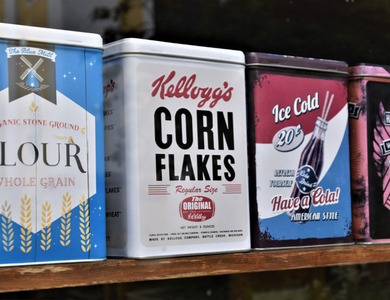5. Notes on Interaction, Native Features, and More
It is important to post on a consistent basis. Create a content calendar to balance time, content, and channels. If you want followers to see and engage with your content, there must be content for them to see when they are online. You can’t expect people to respond to your content if you aren’t “open for business” on a regular basis.
When followers interact with you, interact back. Thank them for commenting or following and continue the conversation. Keep it positive and create brand loyalty through these engaged followers. Happy, satisfied, vocal followers can become invaluable brand advocates who help spread your content reach for you for free. When you have a conversation with a follower, you are no longer talking at them, you are creating an opportunity to build a relationship. Take advantage of that opportunity.
It is also important to be timely with your interaction. If you wait three days to respond to a follower, it doesn’t show that you are grateful that they took time out of their day to interact with your brand. Whether the interaction is positive or negative, it looks like you are ignoring them and don’t think their comment is important. Remember, it’s called social media. Don’t forget the “social” part.
Make sure your channel setup is complete. As a user, it can be frustrating to visit a Facebook page for an address, phone number, or product information and not find what you’re looking for. This is an opportunity for a consumer to learn more about your brand and become a customer. Provide all your information, including your hours, website, and a description. Fill out every detail so that you can capitalize on every opportunity.
If you have a question about how to prioritize your audiences or channels, give us a call.


